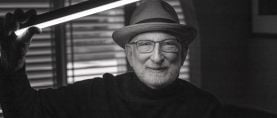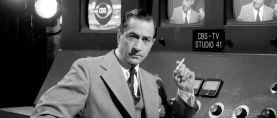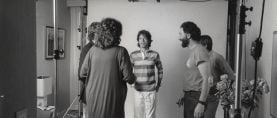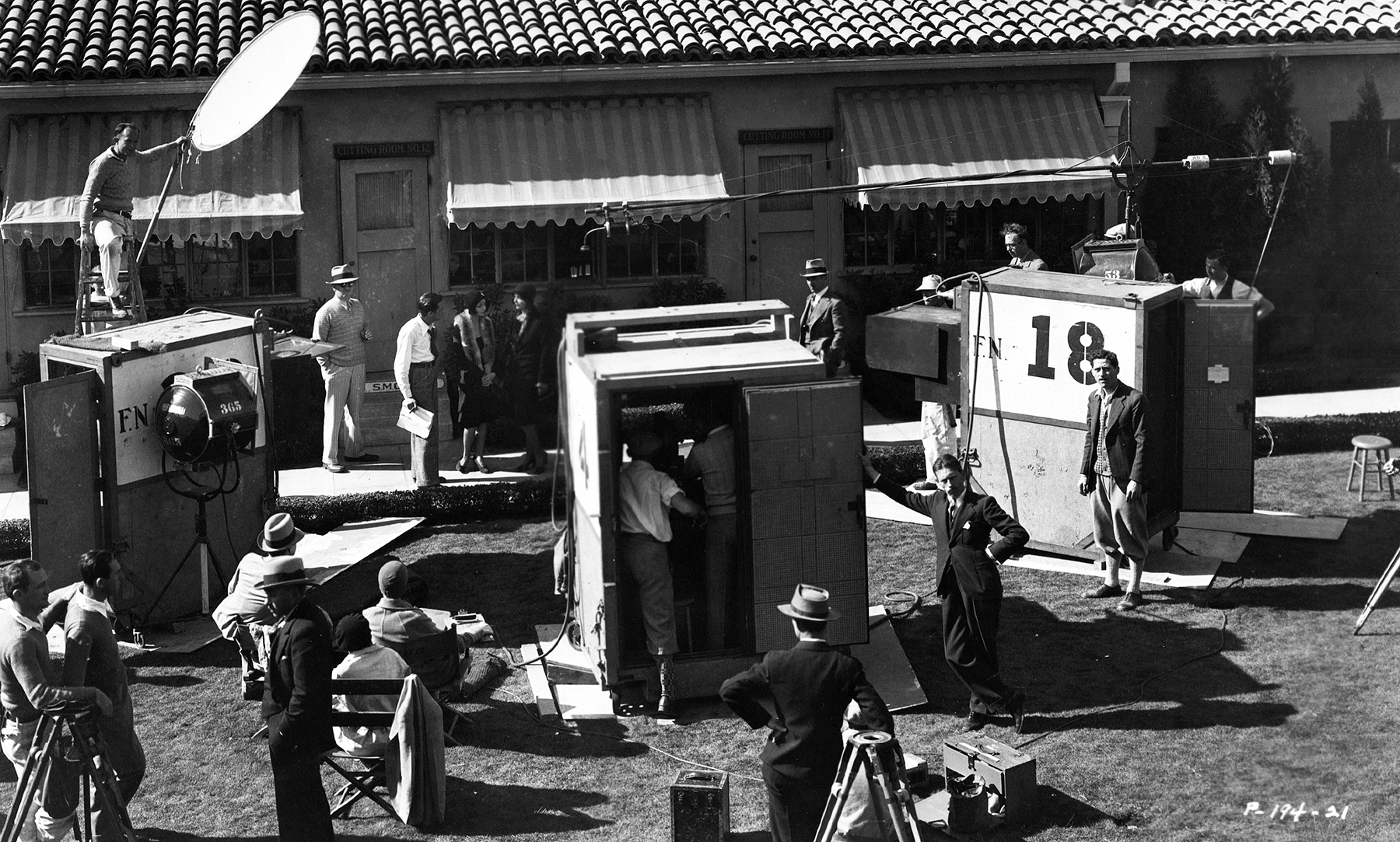
Icebox Problems
“Even as productions are finally ramping up again, we are going back on set in full Personal Protective Equipment (PPE), with each of us bringing our own 6-foot radius of isolation.”
The ASC Clubhouse was closed on March 17 this year, and since then the pandemic has forced all of us into greater or lesser states of isolation. We communicate in endless Zoom meetings, and walk our dogs alone on quiet streets at night.
Recently we’ve lost some big names, like “Chappie” — Michael Chapman, ASC. We lost Allen Daviau, ASC, who is on the cover of this issue, to Covid-19, and others who just reached the end of their road, like Pete Hamill, the irrepressible diarist of New York. Hamill died on August 5, at age 85. Exactly a week later, the Chicago-based publishers of The Daily News — which he wrote for, and at one point edited — announced that they were closing their Lower Manhattan newsroom permanently. Hamill, who loved the electrifying bustle of newsrooms, would not have understood how journalism could be practiced remotely forever.
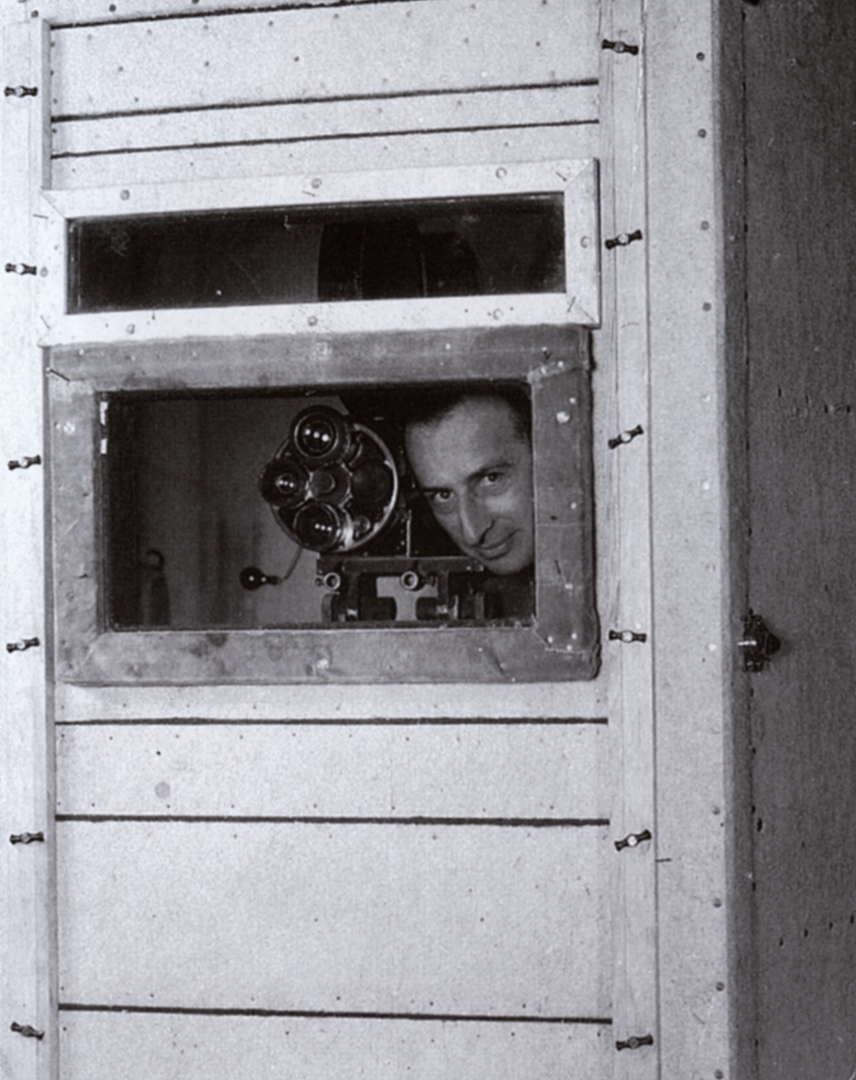
Cinematographers face the same challenge: even as productions are finally ramping up again, we are going back on set in full Personal Protective Equipment (PPE), with each of us bringing our own 6-foot radius of isolation. The electric bustle of film sets has been muted by the PPE. Operators can’t hear what we say from behind our masks. Grips can’t tell if we’re happy with their work, be-cause our facial expressions are concealed behind our baseball hats, glasses and protective gear. We need to find a way to get beyond this and reconnect with our crews — texting, hand signals, semaphore, expensive comms, something! The French have a solution for the hearing impaired: a mask that allows expres-sions to be seen through a transparent panel.
Hamill said that “being a tabloid editor is like being the manager of the Mets — it’s only a matter of time before you get fired.” This is true for cinematographers, too — we are now working with one hand behind our backs, and we need to reinvent our roles, now more than ever. Hamill was an old-school generalist — journalist, writer of novels and non-fiction, essayist, and man-about-town. Each time he lost a job, he found something else pretty quickly. Cinematographers also do best when we spread ourselves widely, reading books, visiting museums, developing interests beyond our own art form.
When talkies replaced silent films at the end of the 1920s, cameras were initially enclosed in glass-paneled booths nick-named “iceboxes,” designed to stop on-set microphones from picking up camera noise from the then-unblimped Mitchell NC. The lovely sound of celluloid moving through the film gate could not be allowed to wreck the dialogue track. The iceboxes were restricting: operators could not move the cameras inside the small booths. (The zoom lens had not been invented yet. Today, ironically enough, most of us are spending hours each day in those online Zoom rooms.)
Those problems had to be solved, just as we have to solve our contemporary icebox problems — from people suffering the ultimate isolation because of their skin color, to parents isolated at home because they have to look after and help school their children, to people with weak immune systems who have to self-isolate. And we have to find ways to keep communicating on set, even as we wear masks. Pete Hamill would get that, in a New York minute.
Stephen Lighthill
President, ASC



